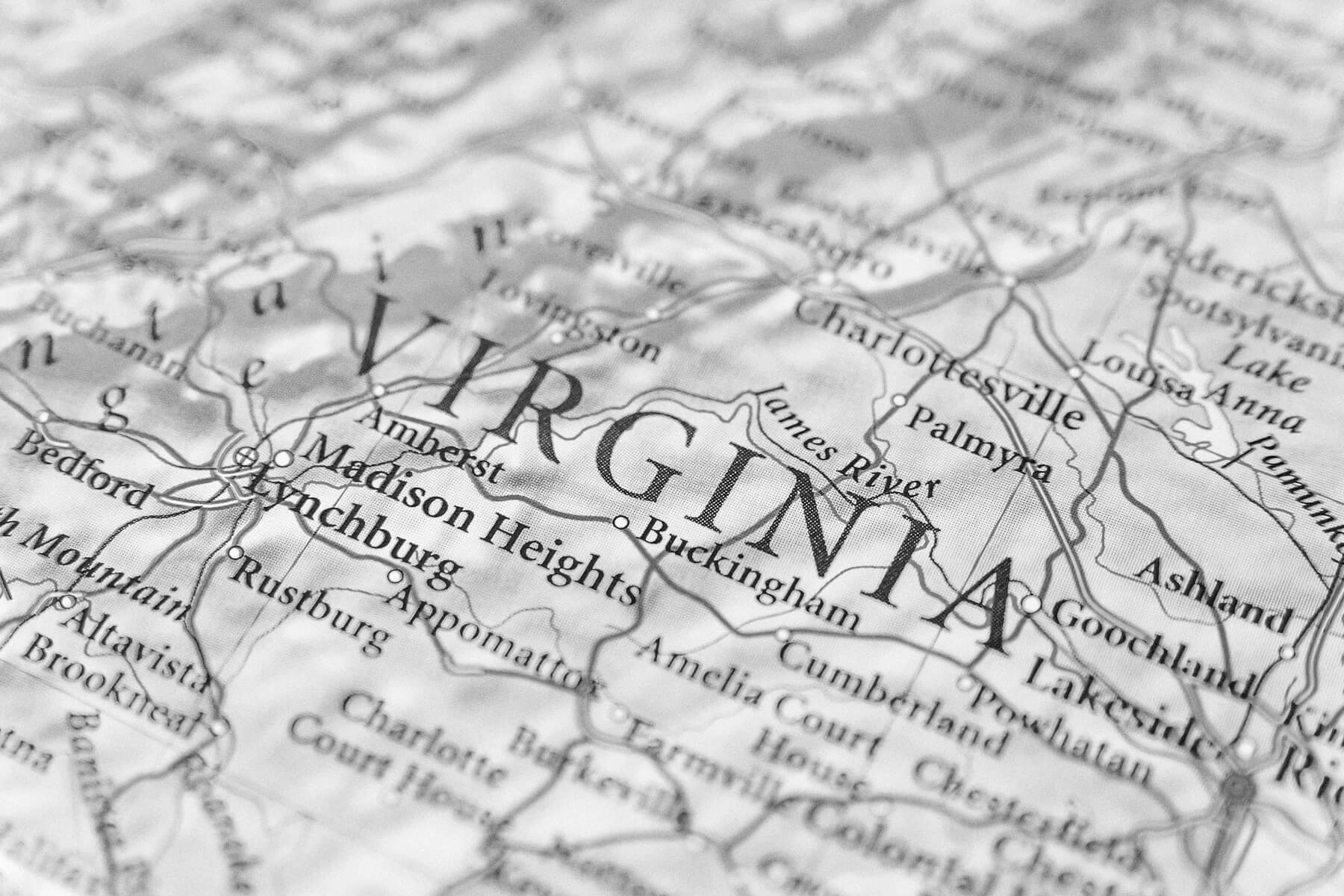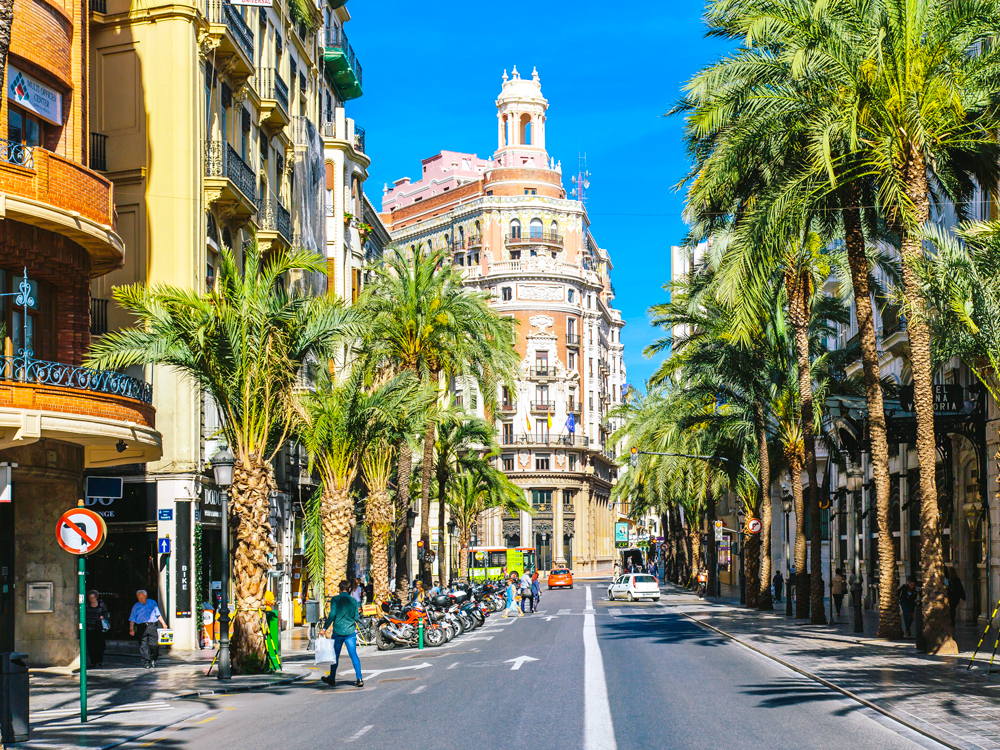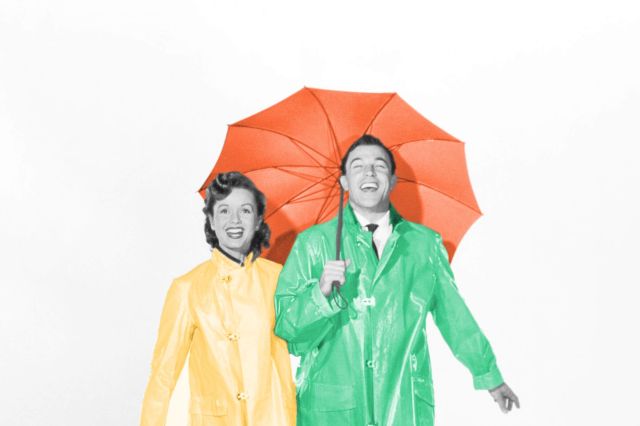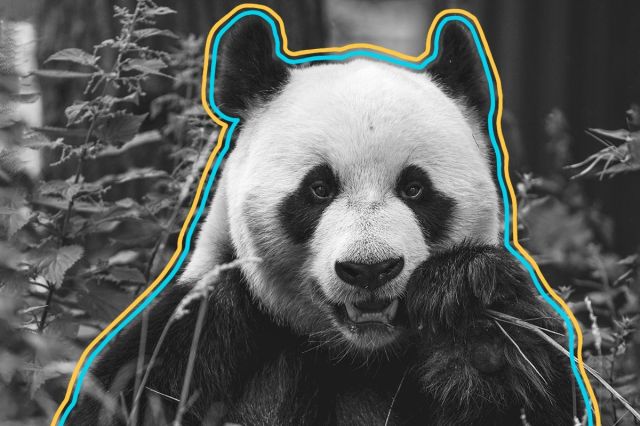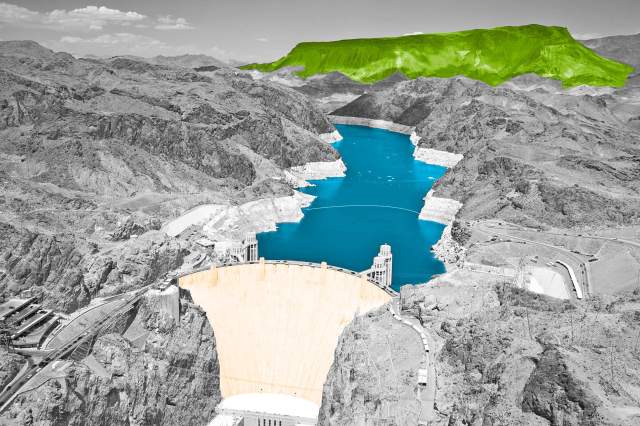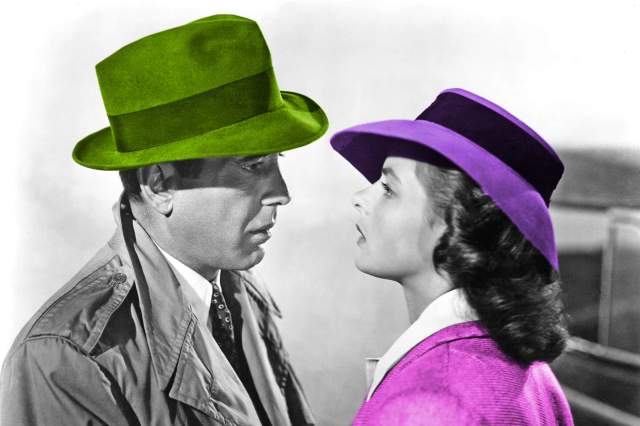6 Delicious Facts About Pizza
Original photo by Vasko/ iStock

It’s hard to define pizza. Is it flatbread with toppings, or something more specific? While flatbread has existed in many cultures for centuries, pizza as we know it today is more commonly associated with Italy, particularly Naples. What was once a niche regional dish has become one of the most popular foods in the world; one survey suggested that “pizza,” meaning “pie,” is the best-known Italian word outside Italy, beating out even “spaghetti.”
Despite the dish’s European roots, America has welcomed pizza as its own, spurring specific regional styles from New York to California — and one lesser-known variant that even has built-in dessert. When exactly did pizza take off in the states? What is pizza like back in Italy? What’s the deal with pizza rolls? These six facts about pizza may have you heading out to grab your favorite slice.

The First Recorded Pizza Delivery Was in 1889
In 1880s Naples, pizza was a staple food for the working class, although nobility turned up their noses at it. It didn’t really catch on in the rest of the country until the newly crowned Queen Margherita paid a visit to the seaside town in 1889. One night, the legend goes, she grew tired of fancy meals and asked for some local cuisine.
Pizza chef Raffaele Esposito made the queen three pizzas, including what we know now as the Margherita pizza — tomato, basil, and mozzarella for the three colors of the Italian flag — and hand-delivered them. Legend has it the queen took one bite of that pizza and said it was one of the best things she had ever eaten, which is how it got its name.
It’s entirely possible that more informal pizza delivery happened about town before this, but it’s certainly the first one that went down in history. There is some controversy about whether this story is actually true, but regardless, the pizzeria where Esposito worked, Pizzeria Brandi, still displays a royal thank-you note on its walls.

Pizza Took Off in America After World War II
While pizzerias had existed for decades beforehand, especially in working-class Italian communities, pizza didn’t penetrate everyday life in America until after World War II. Soldiers came home after sampling the dish abroad, and pizza quickly became a booming business. Pizzerias started popping up in every state in the country, especially after the Bakers Pride commercial pizza oven launched around 1945. National chains began to emerge in the late 1950s: Pizza Hut in 1958, Little Caesar’s in 1959, and Domino’s in 1960, to name a few. Today, demand for chain pizza is dropping a little, but the pizza market is still strong.

Pizza Was One of the First Things Sold on the Internet
Ordering pizza online may seem pretty newfangled, but the first pizza was sold on the internet nearly 30 years ago. Way back in the mid-’90s, online shopping was in its infancy. The first online vendor, as we know them today, was NetMarket, which launched in the summer of 1994. (Its first sale was a Sting CD.) Less than a month later, Pizza Hut launched PizzaNet, its first online ordering service. Back then, with only dial-up internet and no cloud computing services, setting up online ordering was a more onerous task, requiring the company to install a server at its Wichita, Kansas, headquarters. The pilot program was limited to Santa Cruz, California, so after customers were done, their orders traveled over the internet to Wichita, then back out to a local Santa Cruz Pizza Hut. Somewhat defeating the purpose, that local Pizza Hut would then call to confirm the order over the phone. The first order, according to Pizza Hut, was a mushroom, pepperoni, and extra-cheese pizza.
It was a big year for online shopping — Amazon launched in 1994, too, and eBay followed soon after in 1995. PizzaNet, sadly, wasn’t as successful, but Pizza Hut eventually relaunched online ordering in 2001.

Colorado-Style Pizza Has Built-In Dessert
Many regions of the United States have their own styles of pizza, like the big thin slices of New York and the bready Philly tomato pie. Colorado-style pizza, also known as mountain pie, is a little less famous, but it’s definitely unique. The thickest part is the braided crust, which surrounds a tall stack of toppings. The meats are precooked so they don’t make a mess. It’s deep, but a far cry from a big melty Chicago deep-dish.
The built-in dessert is that distinct braided crust, which comes with dipping honey to top off an all-in-one meal.

Italian Pizza Is Strictly Regulated
You know how Champagne only comes from the Champagne region of France, and anything else is just sparkling white wine? Italy has a bunch of similar rules. Many of these rules govern wine, but pizza is a protected consumable, too. Specifically, Neapolitan pizza, or pizza napoletana.
In order to be sold as pizza napoletana, the pie has to be 35 centimeters (around 14 inches) or less in diameter, have a raised rim of 1 to 2 centimeters, and follow a host of other requirements, including flour type, kneading technique, and equipment. No rolling pins are allowed. A specific type of oregano must be used. Only certain certified varieties of Italian tomatoes are acceptable. And there are only two types of Neapolitan pizza: Margherita (topped with tomato, basil, mozzarella, and additional cheese) and marinara (tomato, oil, oregano, and garlic).
One guide published by the Associazione Verace Pizza Napoletana, the organization devoted to protecting and verifying the traditional pie, is 21 pages long — and they periodically check on restaurants that claim to serve the stuff. The dish has been standardized in Italy since the late 1990s, and got special recognition from the European Union in 2009.

Totino’s Uses 25 Different Recipes for Pizza Rolls
Supply chain issues during the COVID-19 pandemic hit the food industry hard, major distributors included. At the same time, customers were preparing to spend long periods at home by stocking up on their grocery-store favorites, including the popular frozen-aisle snack Totino’s Pizza Rolls. To keep up with demand and keep shelves stocked, scientists at parent company General Mills made up 25 different recipes for pizza rolls, with small substitutions like cornstarch for tapioca starch, so they could just use whichever one was most convenient at any given time.
They’re not the only company to adjust to supply chain issues with recipe changes, but 25 variations is certainly a strong commitment to keeping this favorite slumber-party snack in stock. It’s a good thing they’re not beholden to an incredibly strict list of national standards — but to be fair, if America were to enshrine one pizza product, it would probably be pizza rolls.

Sarah Anne Lloyd is a freelance writer whose work covers a bit of everything, including politics, design, the environment, and yoga. Her work has appeared in Curbed, the Seattle Times, the Stranger, the Verge, and others.
top picks from the optimism network
Interesting Facts is part of Optimism, which publishes content that uplifts, informs, and inspires.



